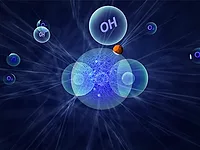TiO2 Industry: Unusual Circumstances Yield Uncommon Trends
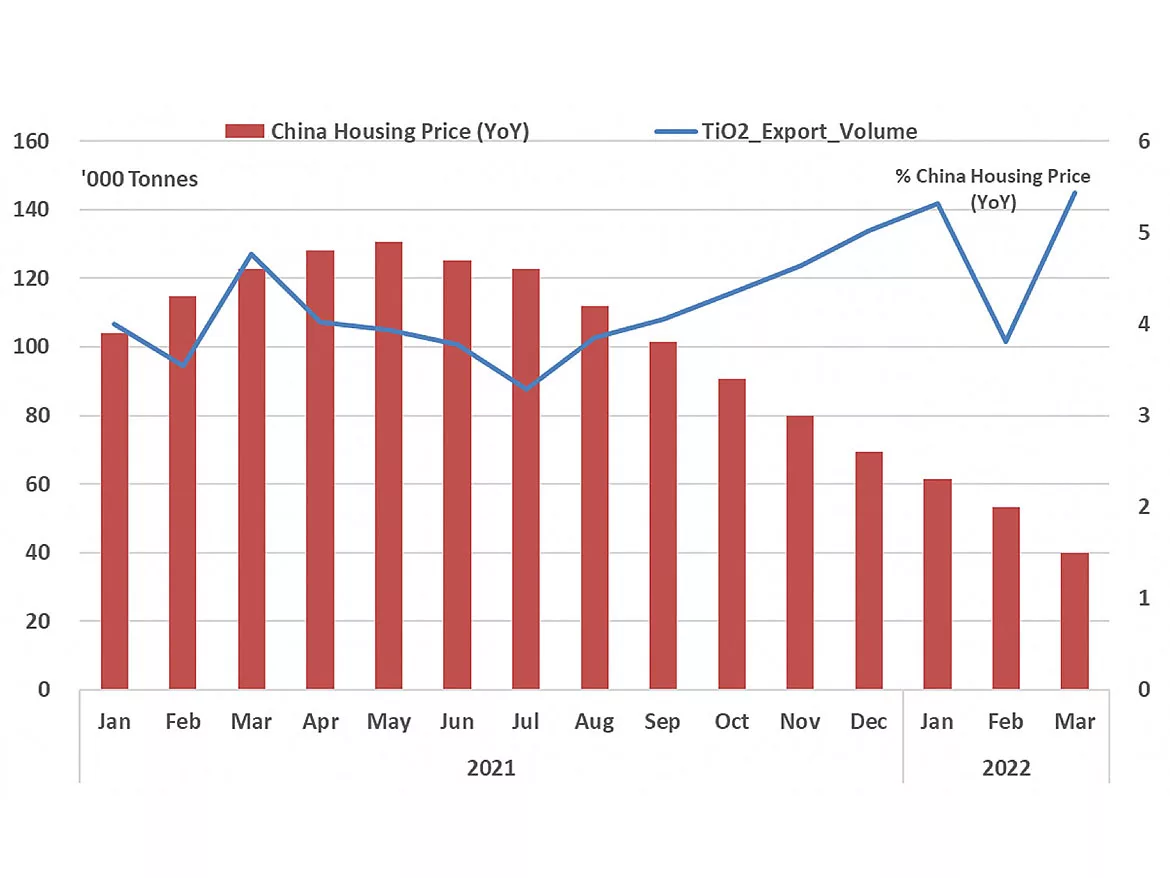
The Chinese TiO2 industry is experiencing difficult times. COVID-19 restrictions and a slumping housing market have dragged down industry demand. Energy and raw material costs, particularly sulfate ilmenite and sulfuric acid, are increasing costs at an enormous rate.
Despite growing inflation and concerns of recession in many other parts of the world, other regions are experiencing strong demand and low inventories. Difficult logistics, including high costs, are preventing Chinese producers from exporting at competitive prices in several regions. This unusual circumstance is creating uncommon trends with the TiO2 industry.
TiPMC has analyzed trade statistics from large importers in each region to see trends developing throughout 1Q22. As North American demand is primarily met through local production, its data is not as revealing as major importers in other regions. All data displayed, as well as trade data for all countries and regions, are available through TiPMC’s latest product, Tableau® for TiO2.
The pattern of slowing Chinese housing and increased exports is intact. As housing prices in China have decelerated, TiO2 exports have steadily increased costs. Chinese producers are experience significant margin compression.
Throughout most of the world, Chinese prices remain near parity with global producers.
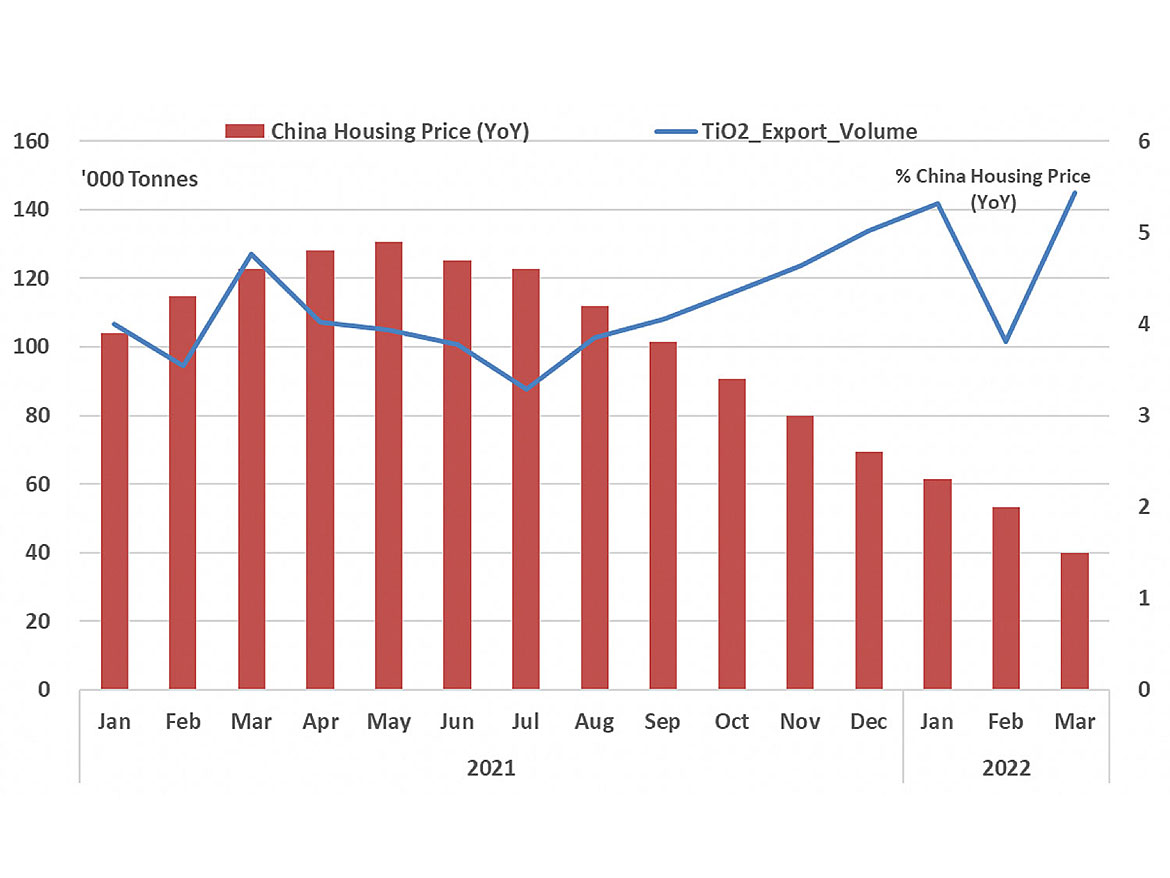
The normal trend is for Chinese producers to utilize price as the tool to increase share outside China. Given increased operating and logistics costs are forcing Chinese prices to remain at parity or above multi-national producers (MNPs). Western Europe is an example of this trend. Demand remains strong, and inventories in Western Europe are low. Increased Chinese exports are easily absorbed into the supply scenario for the region.
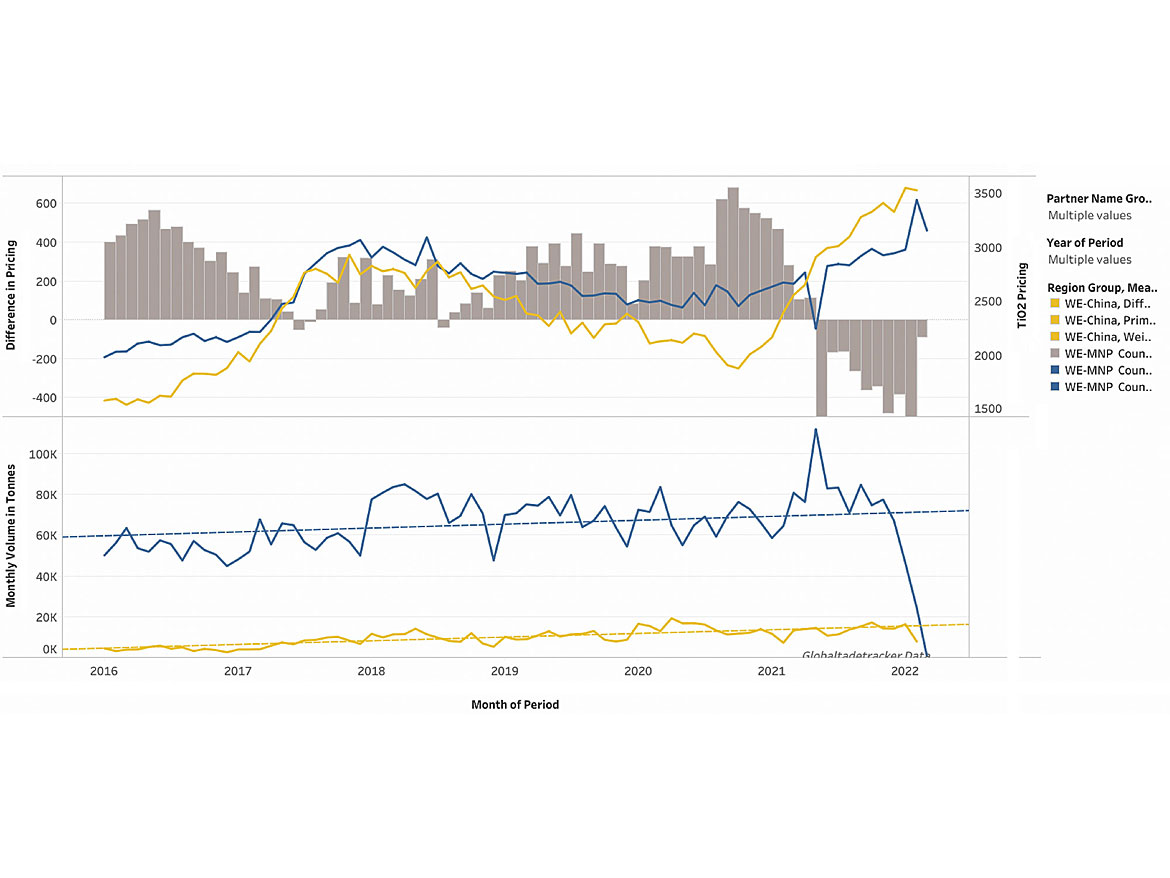
The trend is different in Asia. Chinese producers hold the majority of share in many countries, including Indonesia, a large producer of architectural coatings within the region. Chinese prices are lagging competitors. TiPMC believes this is in large part to reduced freight costs to serve these customers from China, as well as MNPs viewing these customers as opportunistic, willing to take higher risk with share and achieve higher prices.
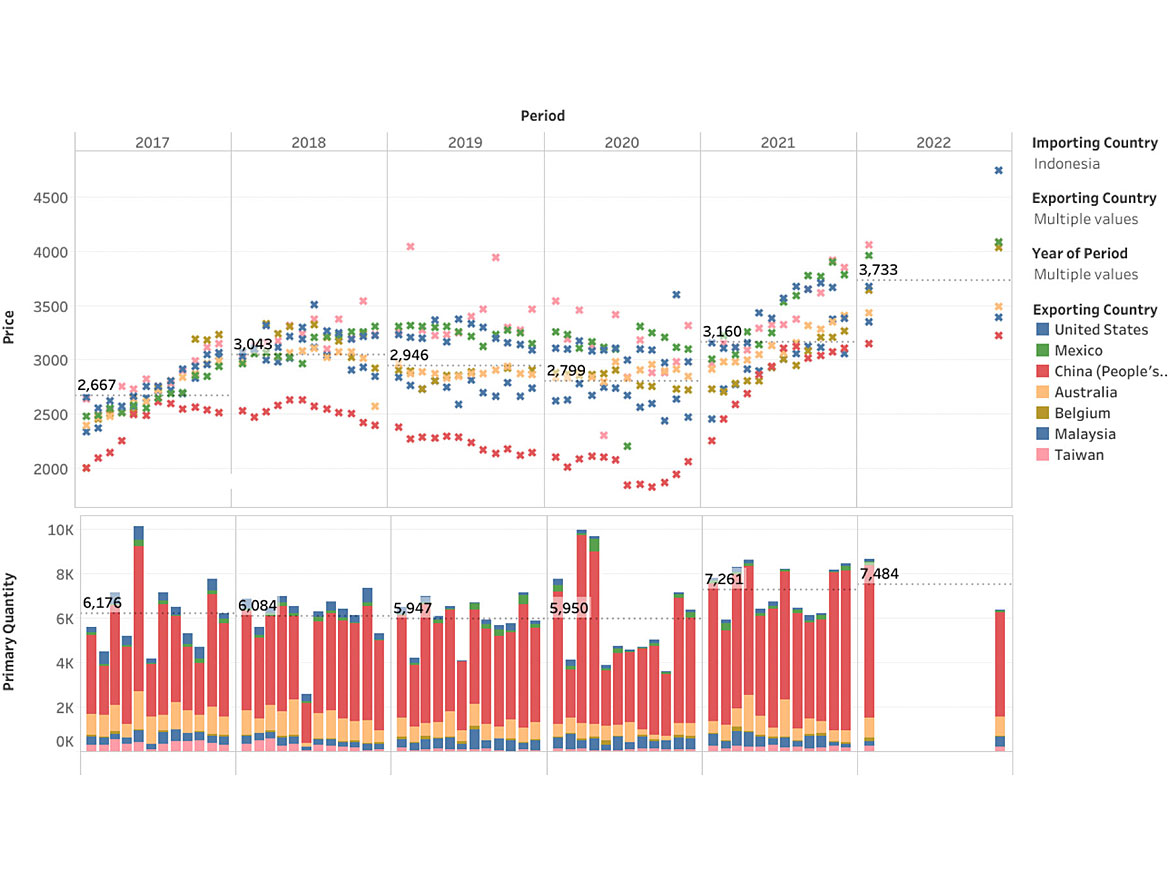
What Does it Mean for TiO2 Consumers?
TiPMC believes the current trends are further evidence of an increasingly differentiated market for TiO2. MNPs are focused on serving more demanding customers in terms of product quality, diversity of grades and supplier reliability. North America and Western Europe remain their key markets. Price buyer markets, such as Latin America and Southeast Asia, are the stronghold of Chinese producers. Strong market conditions in North America and Europe allow MNPs to treat most of the customer base in the regions opportunistically, enabling higher prices for their products vs. Chinese material.
The result is an industry tighter in supply, with more stable, but higher prices for higher end consumers. Chinese-supplied consumers will see higher fluctuations in price and supplier reliability.
TiPMC believes current inventories outside China, particularly in North America and Western Europe, will ensure steady price increases through 2022. If China recovers as expected in the second half of 2022, Chinese export customers may experience shortages and increased prices as Chinse demand recovers.
The TiO2 industry continues to change through unusual global economic conditions. The uncommon response of global producers is changing the short- and long-term dynamics of the industry.
For more insights into the TiO2 and Mineral Sands markets, visit TiPMCconsulting.com.. For more information about the impact price stabilization on the TiO2 industry, ask to see our latest issues.
Looking for a reprint of this article?
From high-res PDFs to custom plaques, order your copy today!




